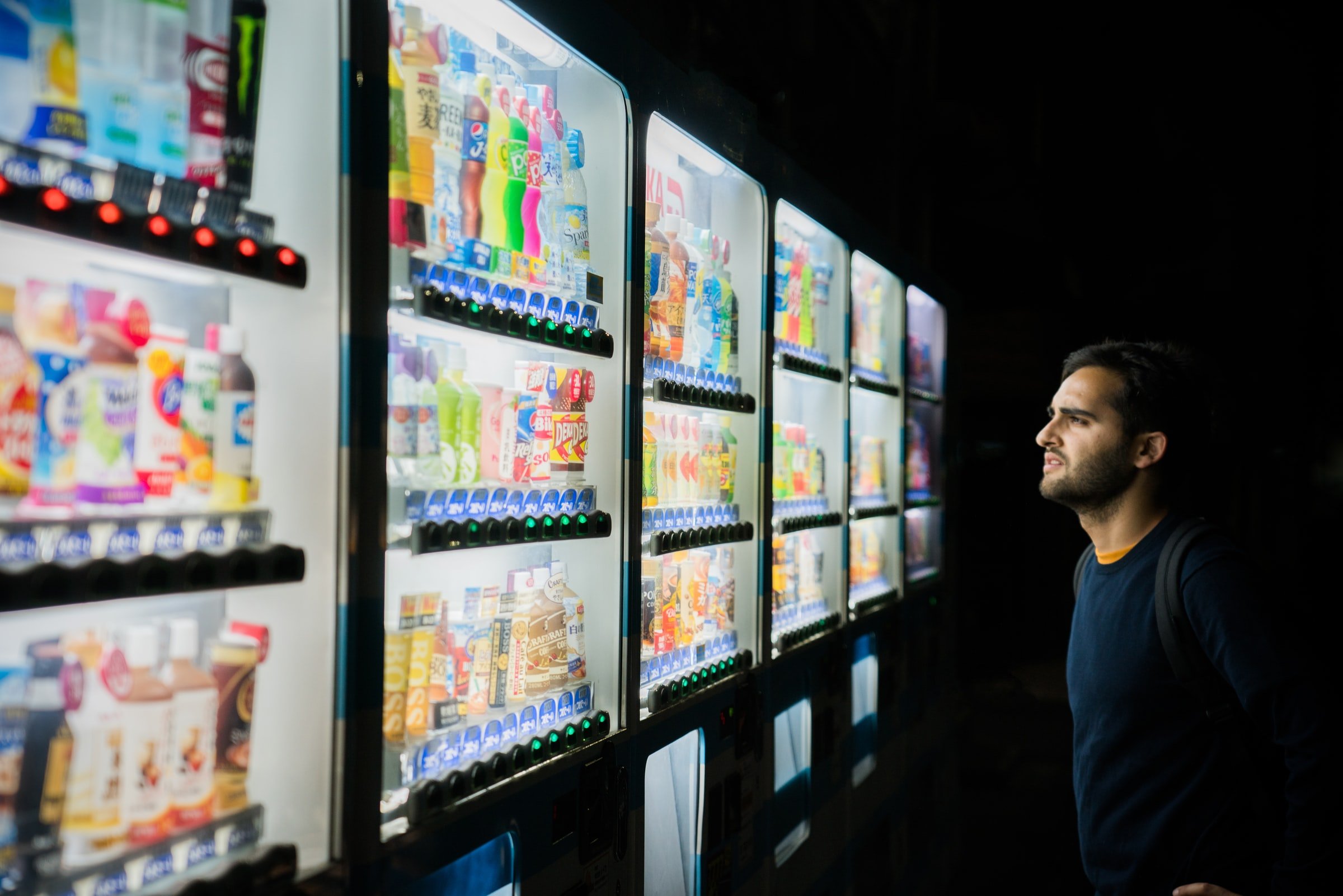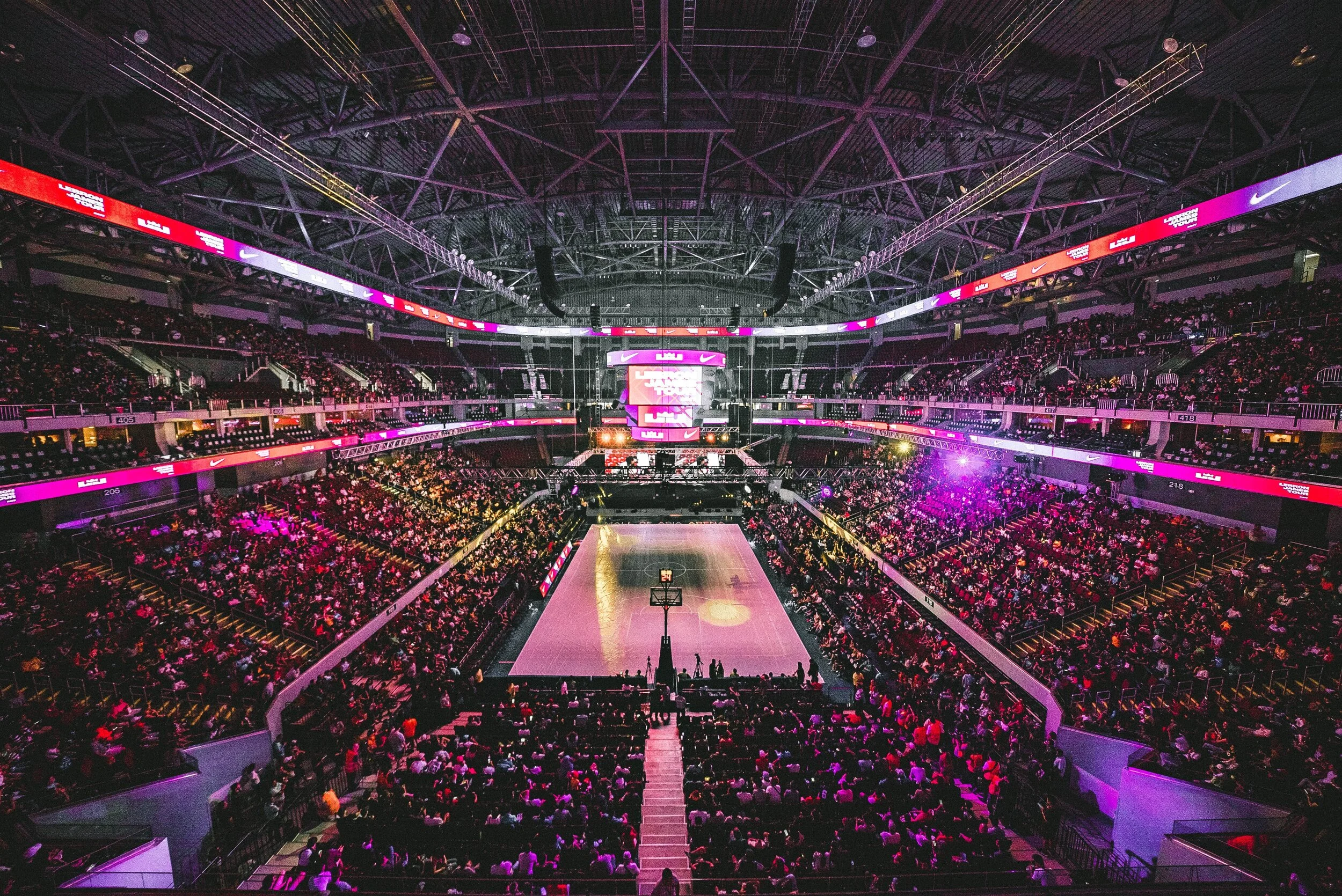Creativity, Context, and the Psychology of Travel
Photo by Yoosun Woo, Unsplash
Take a moment to imagine yourself taking in the views of Amalfi Coast’s breathtaking scenery, or standing on the rim of Grand Canyon’s mind-blowing structures, or marveling at the epitome of love in Paris–the Eiffel Tower.
The odds that your mind is wandering off to these destinations as we speak is an understatement. We all dream of a world of travel no longer synonymous with health risks, masks, and mandated quarantines.
But taking a step back, we wonder: what makes traveling to distant places so intriguing? Why do college graduates go for three-week-long budget tours to the countries of Southeast Asia or a week-long bender for Spring Break, and others to catch a glimpse of the Northern Lights in countries near the Arctic Circle?
The answer lies within the notion that travel disrupts our routine. And although it can be overwhelming to juggle a foreign language, an unfamiliar currency, or puzzling modes of transportation, you’ll learn that it may be beneficial to keep our brain on its proverbial toes from time to time.
Neuroscience reveals some fascinating insights as to how traveling affects our brain. And as you’ll see, it doesn’t end there.
For now, fasten your seatbelts as we take off on the flight into the psychology of why we travel.
The Psychology of Travel
The custom to travel for pleasure is nothing new, although it’s become more accessible to larger parts of society. Today, travel has become the second most popular choice of discretionary spending.
Historically, travel started out mostly for practical purposes such as trade, scholarship, and pilgrimage. But what followed with the evolution of steam machines, airplanes, to all-inclusive travel packages is the wider notion of travelling for pleasure. Its ever-presence today makes it easy to overlook how an entire industry—the tourism industry—has commercialized the operations of vacations, “staycations”, and promotions of fascinating places to visit. So much so that countries form departments of tourism dedicated to keeping their deep stream of revenue running. While some places attract a good number of visitors annually, a few are heavily reliant and “made” for them. The World Travel and Tourism Council estimates that 90% of Macau’s GDP comes from people playing in casinos and living a high life in lavish hotels.
As travel to remote and unique spots diversify, the cyclical desire to travel never reaches its endpoint. Today, almost everyone has their own bucket list of places and experiences—on paper or in mind. And it turns out, that’s for a good reason.
A study found that those who travel regularly feel more positive when it comes to their general well-being, attitude towards life, and their sense of control.
But there’s more to travel than enjoyment. Research has found that the fashion directors of large brands who live in foreign countries are continuously more successful at producing creative designs. Why is that? Traveling not only makes us happier, but it also makes us more creative.
In fact, even thinking of distant places can make us more creative. In one study, two groups of students were randomly divided, both of which were told to come up with as many modes of transportation as possible. One group was told that the task was designed in Greece, while the other group of students was told the task was designed down the hallway. At first sight, it may be hard to believe that such a seemingly irrelevant difference may change the students’ performance on the task. Why would it matter where the problem was designed?
Turns out the students that were told the problem was designed in Greece came up with significantly more modes of transportation. They didn’t just list planes, buses, and trains, but came up with things like spaceships, horses, and Segway scooters.
Because the setting of the task was assumed to be far away, the students were able to remove constraints from the local options of transportation around. They didn’t just think about how to get around their university, but about getting around all over the world—and even through space.
The same goes for students that were asked to solve a puzzle that, as they were told, was either designed in California or in their local university. The California group came up with far more creative ways to solve the puzzle.
The key takeaway here is that just thinking of a context that’s distant or simply taken out of our immediate area of concern takes our brain to the land of more creative ideas and intuitive leaps.
Context influences our brains’ creativity and our consumer behavior. And here’s how.
How Context Impacts Consumer Behavior
Might it just be enough to think of distant places while performing creative tasks?
This is a question many companies are working on. Maybe we’re not quite as far yet as seen in Spielberg’s movie Ready Player One, but we’re continuously moving in that direction. And that direction has a name: virtual reality.
Imagine being able to experience the top of Mount Everest, starting at base camp, climbing through the dangers of Khumbu Icefalls, the Lhotse Face, over to the slippery Hillary Step before reaching the peak–all from the safety of our couches. A virtual reality experience now makes that possible and just like dating, shopping, and influencer marketing—there’s an app for VR travel too.
The app Ascape has over 100 travel destinations to experience in virtual reality from home. Since the end of 2019, Ascape downloads grew by 60% and doubled a month later. With the VR market size at $8 billion as of then and expecting to grow to a staggering $45 billion market by 2024, this is just the beginning.
For now, while virtual travel is unlikely to offset actual travel and remains a way to spark the wanderlust, it might certainly help people—who are currently unable to do so—see parts of the world.
If the mere contextual setting of an experiment is able to enhance creative performances on certain tasks, perhaps virtual reality can help unleash more of it in travel.
Ultimately, virtual reality’s impact on travel remains up in the air and dependent on the evolution, adoption, and application of the technologies. Whether we end up at the Amalfi coast, the rim of the Grand Canyon, or the top of the Eiffel Tower, one thing is for certain: virtual reality will bring faraway places closer and carry our minds further away. Whether that’s a good thing, is up to us.



What’s Next?
References
Access: Travel and Tourism Statistics: The Ultimate Collection, Andrew Graft
Asia Pacific Journal of Tourism Research: Does Tourism Change our Lives?, Tony S. M. Tse
Bustle: Why Do We Travel For Pleasure? The Psychology of Tourism, JR Thorpe
Globe Trender: The 30 Destinations That Rely Most on Tourism in the World
National Geographic: Is Virtual Travel Here To Stay, Even After The Pandemic Subsides?, Angela Chen
New York Times: The Future is Here, Almost: Virtual Travel Becomes More of A Reality, Justin Sablich
Psychology Today: Why Travel is Good For Your Mental Health, Jean Kim M.D.
Shonstrom, Erik. Wild Curiosity: How to Unleash Creativity and Encourage Lifelong Wondering. Rowman & Littlefield, 2016.































Dive into the fascinating intersection of psychology and marketing and how to use psychological biases in marketing strategy.